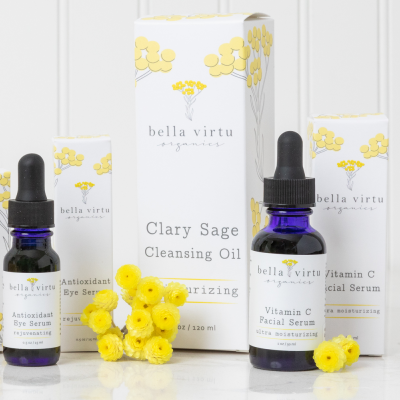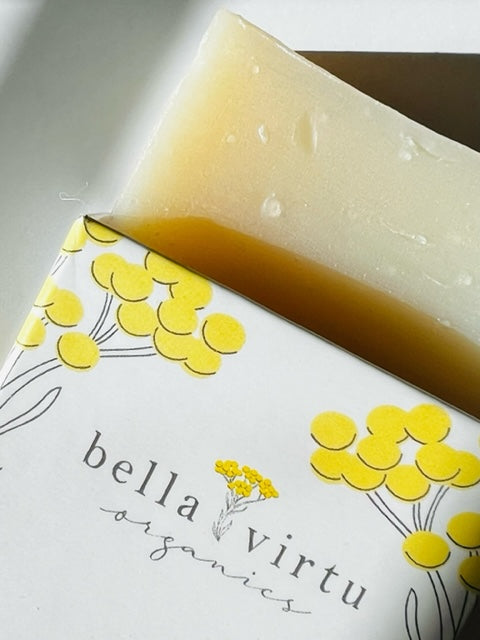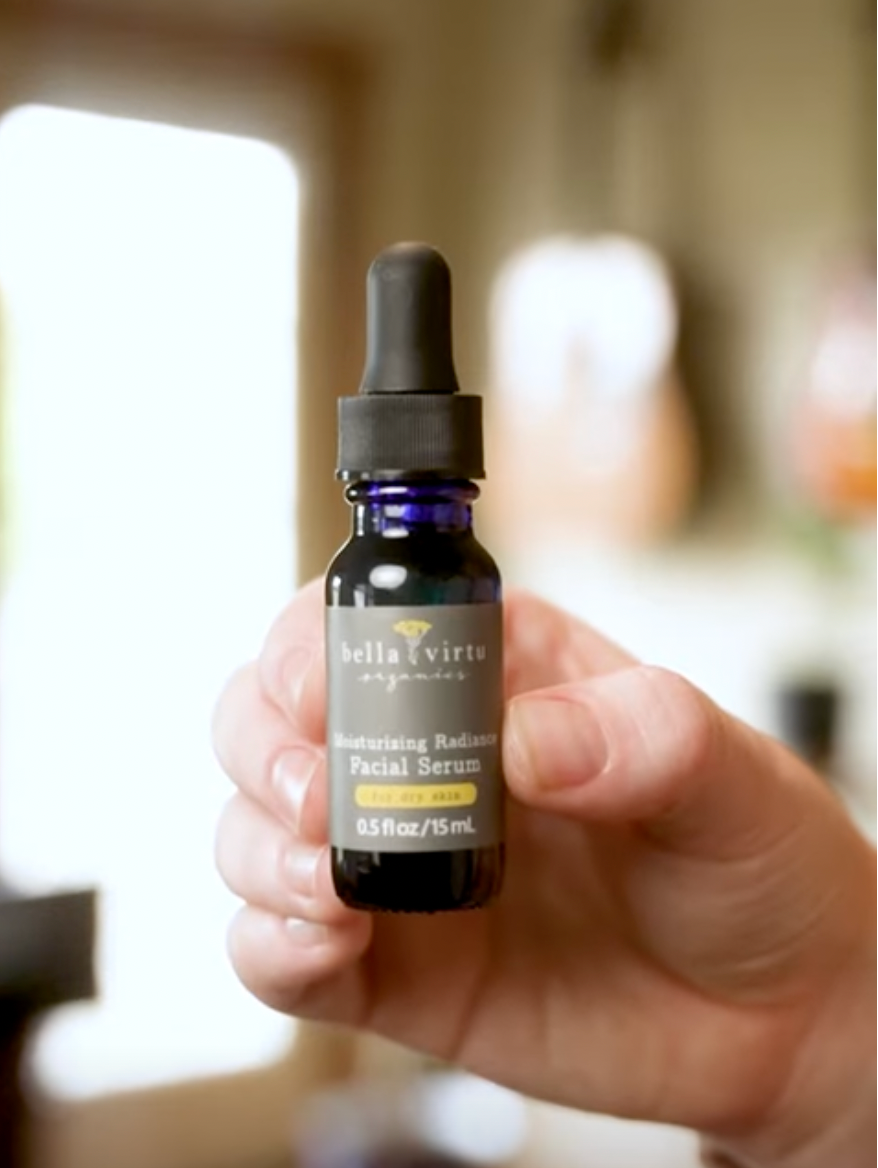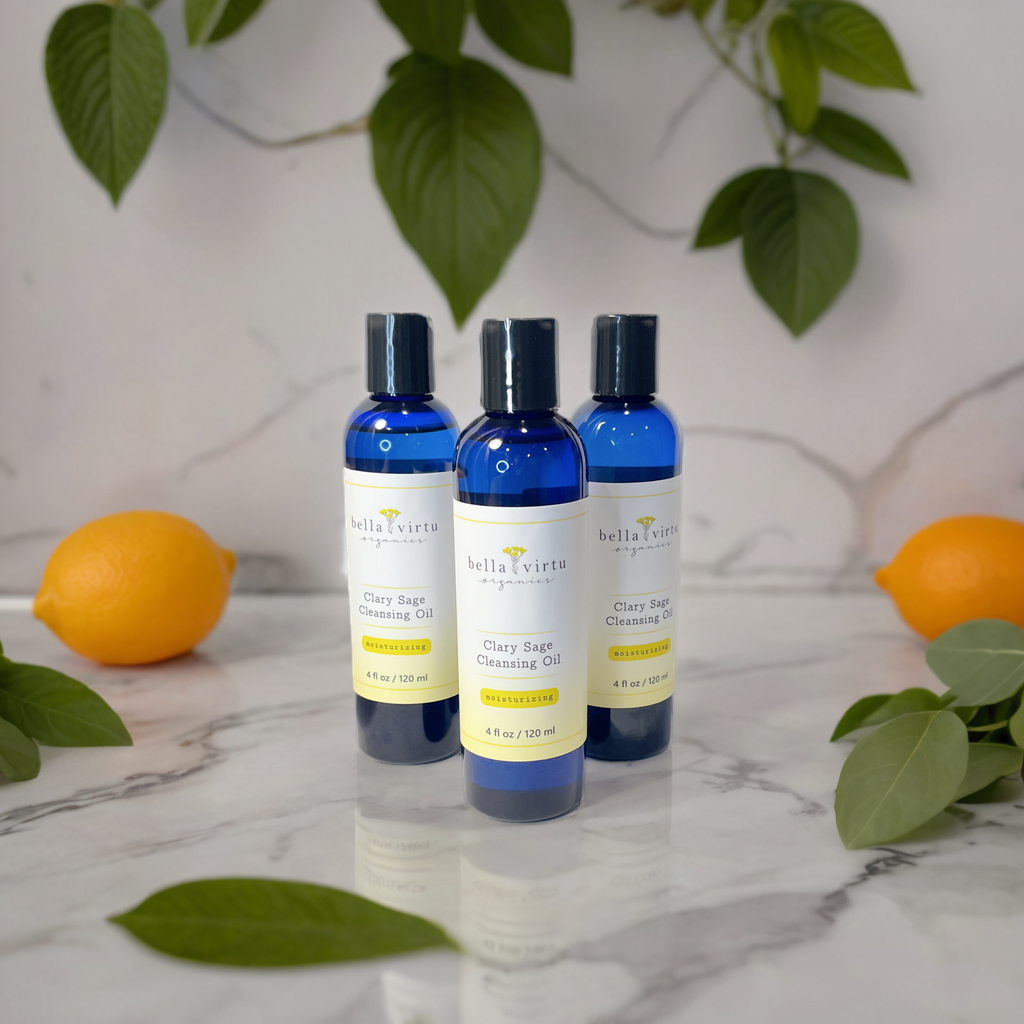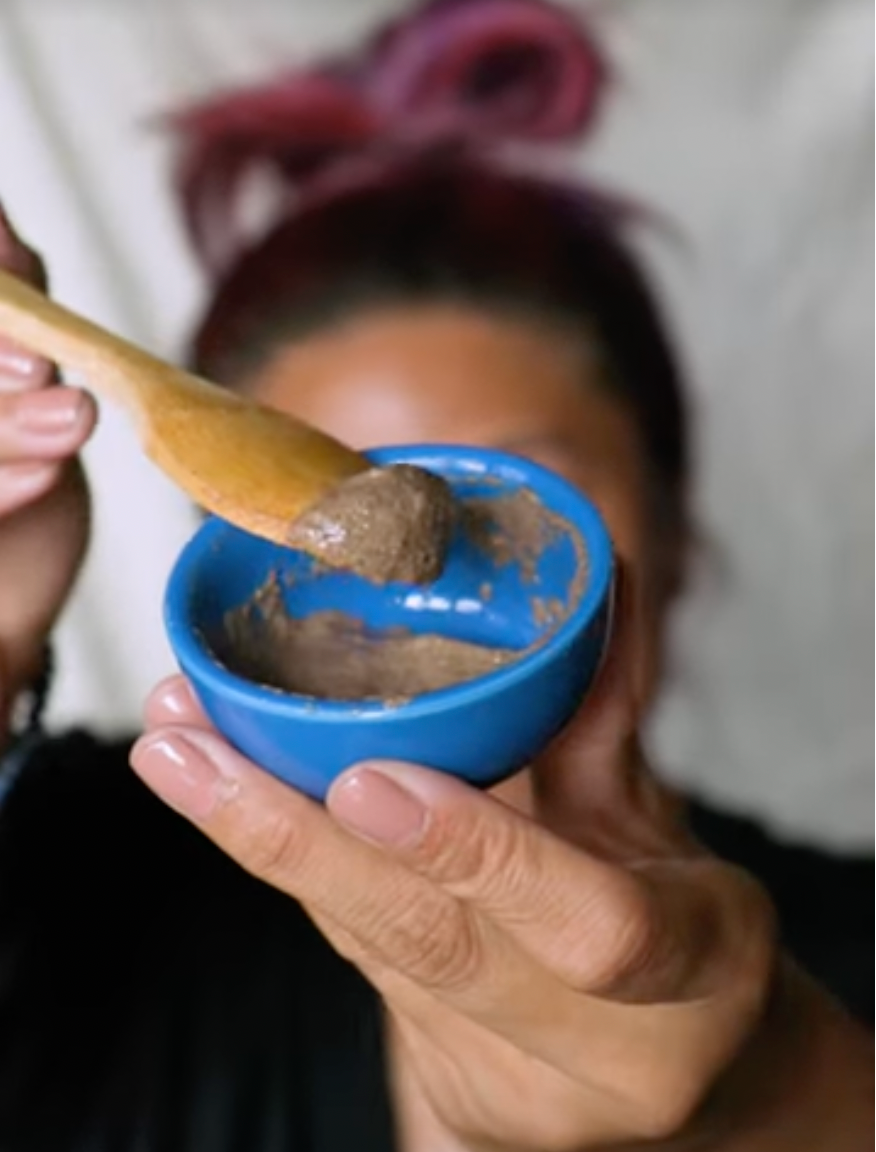Clay for Eczema
Are you looking for a natural remedy to soothe your skin irritation caused by eczema? Clay may be the answer you've been searching for, but it's important to use it safely. In this blog post, we'll explore the best practices for using clay to manage eczema. Read on to learn more about this promising natural remedy and how to use it correctly.
What is Eczema?
Eczema is a skin condition that causes itchy red patches all over the body, most commonly on the cheeks, arms, and legs. The cause of eczema is unknown, but it may be due to an allergy or sensitivity to certain environmental factors like dust mites or pollens. Eczema can also occur as a result of hereditary reasons. Treatment typically involves topical medications and/or topical creams to help manage symptoms.
However, there are many alternative treatments available that can be used in conjunction with conventional therapies. Clay is one such option that has been found to be very helpful for those with eczema. Clay infusions are made by soaking clay pellets in warm water and then applying the solution directly to affected areas. The clay absorbs moisture from the skin pores and helps with congestion and inflammation reduction while helping improve overall skin tone and texture.

Benefits of Using Clay for Eczema
There are many benefits to using clay for eczema. Clay is a natural exfoliant that can help to clear the skin of excess oil and bacteria. It can also help to soothe and heal the skin. Clay can be used as a standalone or in conjunction with other treatments, such as topical medications. It is vital to use clay cautiously, however, as it can cause skin irritation in some people. It is also important to keep clay away from the eyes and mouth, as these areas are particularly sensitive to the effects of clay.
Different Types of Clays Suitable For Treating Eczema
Many types of clays can be used for treating eczema. The most popular clay type is kaolin, derived from China. Kaolin is a white, fine-grained clay that has been used in traditional Chinese medicine for centuries to treat various skin conditions.
Other types of clays that can be used for treating eczema include bentonite, montmorillonite, and kaolin clay. Bentonite is a type of clay made up of small, spherical particles. It is often used as a detoxifier and to improve skin absorption. Montmorillonite is a type of clay made up of large, round particles. It is effective in treating eczema because it helps to remove toxins and impurities from the skin. Kaolin clay is the most popular type of clay for treating eczema because it has been shown to be effective in reducing inflammation and redness in the skin.

Proper and Safe Use of Clay to Treat Eczema
Prepping Clay for Use
Clay is a natural agent used for thousands of years to treat various skin conditions, such as eczema. Clay minerals are absorbed into the skin and help improve its barrier function, reduce inflammation, and promote healing. The best way to use clay for eczema is by mixing it with warm water before applying it to the affected areas. You can also add a few drops of your favorite oil to make the clay more moisturizing. Be sure to wash your hands after using clay because mineral deposits can be abrasive.
Identifying Quality Clay Sources
So you've heard the good news about clay for eczema - and you're ready to try it. But before you reach for your pot of chunky white stuff, there are a few things you need to know. Clay products can be beneficial when used correctly, but like any other treatment, they must be used in moderation and with caution. Here are four tips to help make sure that your clay experience is safe and positive:
Choose the correct type of clay. There are many types of clays available on the market these days, each with its unique properties and benefits. However, not all clays are suitable for eczema treatment; some can aggravate skin conditions even more. Before you start using clay, it's essential to test it on a small patch of skin to see if it's a good fit for your needs.
Be aware of the risks. Just like any other topical treatment, clay products have the potential to cause skin irritation and even allergic reactions. If you experience any redness, swelling, or itchiness after using clay, stop using it and consult with a dermatologist.
Follow the instructions. Clay products are often designed to be applied topically to the skin; however, some people may experience adverse effects if they apply too much or use it in an incorrect way. Always read the instructions with your clay product before using it, and follow them closely.
Use it in moderation. Like any other topical treatment, clay products should be used in moderation. Too much clay can cause skin dryness and cracking. Use clay as a supplemental treatment, and only when necessary.
Applying Clay to Affected Areas
Clay is an effective treatment for eczema, but like any other medicine, it must be used correctly to avoid side effects. Clay should only be applied to Affected Areas and not the whole body.
Carefully wash your hands before applying clay to avoid getting it in your eyes or nose. Apply a thin layer of clay to the affected area and cover it with a dry cloth or plastic wrap. Leave on for 20 minutes, then rinse off with warm water. Pat dry with a clean towel. Repeat as needed until eczema clears up or symptoms subside.
Concluding Remarks
When using clay for eczema, it is essential to be aware of the possible side effects. Clay can cause dryness, irritation, and redness, so it is essential to use it in a way that is safe and comfortable for the individual. Additionally, it is vital to be aware of the ingredients in clay products, as some may contain chemicals that could aggravate eczema.
In conclusion, clay is a powerful and natural remedy for treating eczema and other skin conditions. When used correctly and safely, it can relieve symptoms such as itching, redness, and inflammation. Different types of clay can be used depending on the severity of the condition and the desired results. Clay masks can be made at home with natural ingredients to help reduce symptoms and improve skin health. It is important to remember that clay should not be used without consulting a doctor, as there may be potential side effects or complications. With the right knowledge and guidance, clay can effectively treat eczema.
Try Bella Virtu Organics' Rhassoul Clay & Rose Rejuvenating mask with echinacia.

